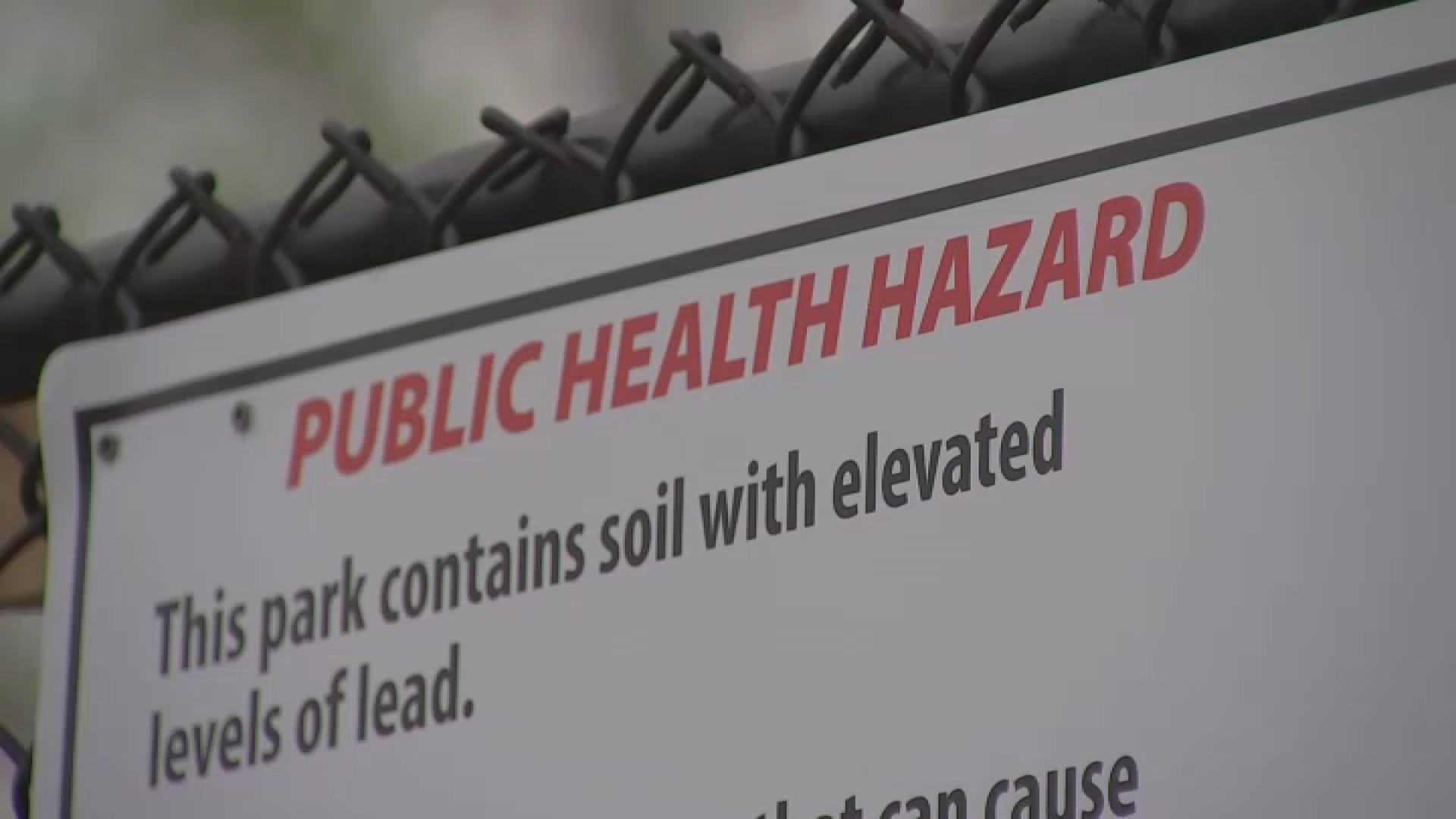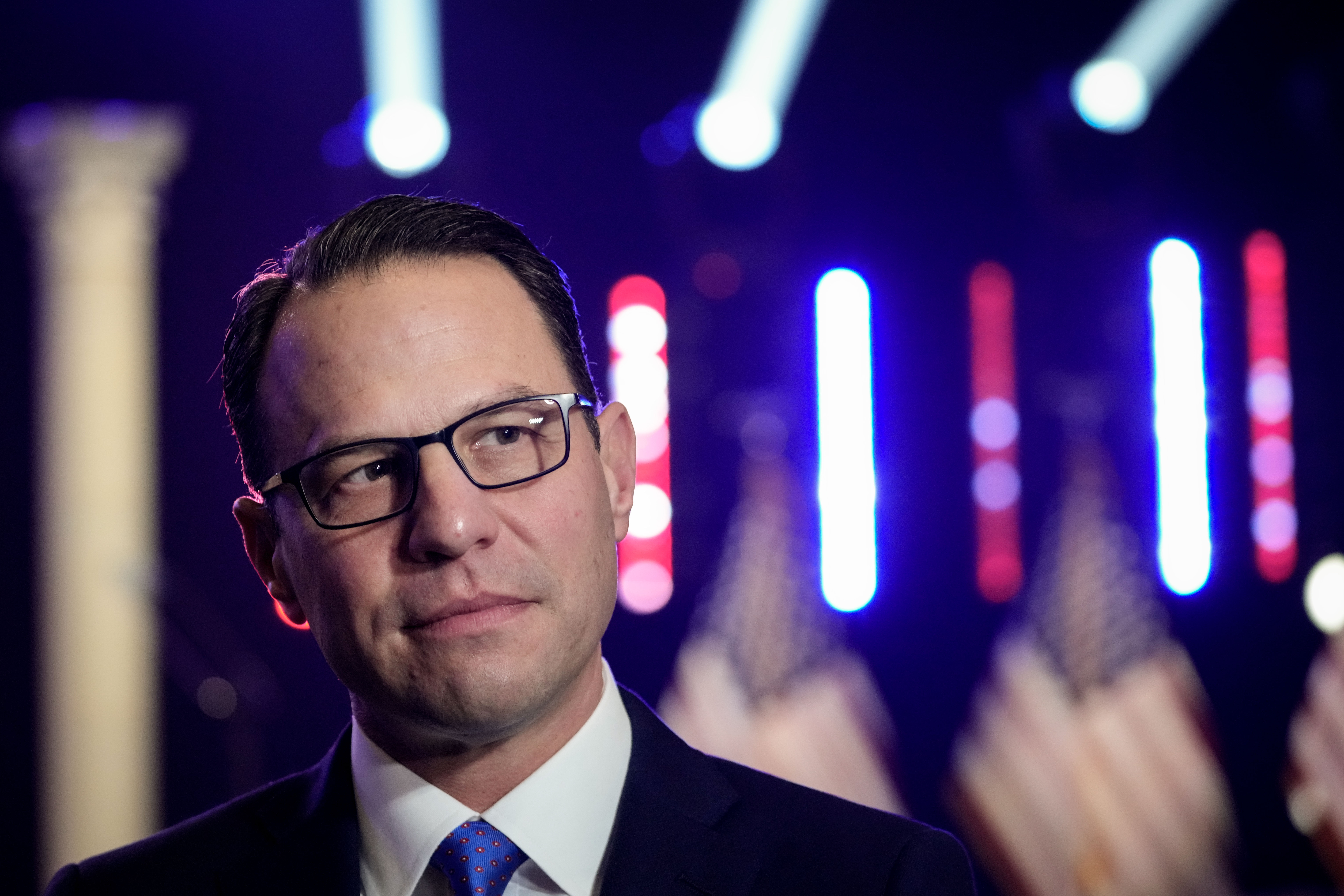Tense protests over the death of George Floyd and other police killings of black people grew Saturday from New York to Tulsa to Los Angeles, with police cars set ablaze and reports of injuries mounting on all sides as the country convulsed through another night of unrest after months of coronavirus lockdowns.
The protests, which began in Minneapolis following Floyd's death Monday after a police officer pressed a knee on his neck until he stopped breathing, have left parts of the city a grid of broken windows, burned-out buildings and ransacked stores. The unrest has since become a national phenomenon as protesters decry years of deaths at police hands.
Tens of thousands of people were in the streets across the country, many of them not wearing masks or observing social distancing, raising concerns among health experts about the potential for spreading the coronavirus pandemic at a time when much of the country is in the process of reopening society and the economy.
After a tumultuous Friday, racially diverse crowds held mostly peaceful demonstrations in dozens of cities, though many later descended into violence as had happened the previous night.
Get Philly local news, weather forecasts, sports and entertainment stories to your inbox. Sign up for NBC Philadelphia newsletters.
Few corners of America were untouched, from protesters setting fires inside Reno's city hall, to police launching tear gas at rock-throwing demonstrators in Fargo, North Dakota, to shattered windows at police headquarters in Richmond, Virginia.
— In Indianapolis, police were investigating “multiple shootings” downtown, including one that left a person dead, amid the protests. Police gave few details but said no officers were involved.
— In Washington, the National Guard was deployed outside the White House, where chanting crowds taunted law enforcement officers. Dressed in camouflage and holding shields, the troops stood in a tight line a few yards from the crowd, preventing them from pushing forward. President Donald Trump, who spent much of Saturday in Florida for the SpaceX rocket launch, landed on the lawn in the presidential helicopter at dusk and went inside without speaking to journalists.
Health
— In Philadelphia, at least 13 officers were injured when peaceful protests turned violent and at least four police vehicles were set on fire. Other fires were set throughout downtown.
— In Salt Lake City, protesters defied a curfew and National Guard troops were deployed by Utah’s governor. Demonstrators flipped a police car and lit it on fire, and another vehicle was later set ablaze. Police said six people were arrested and a police officer was injured after being struck in the head with a baseball bat.
— In Los Angeles, protesters chanted “Black Lives Matter,” some within inches of the face shields of officers. Police used batons to move the crowd back and fired rubber bullets. A graffiti-covered police car burned in the street.
— And in New York City, dangerous confrontations flared repeatedly as officers made arrests and cleared streets. A video showed two NYPD cruisers lurching into a crowd of demonstrators who were pushing a barricade against one of them and pelting it with objects. Several people were knocked to the ground, and it was unclear if anyone was hurt.
“The mistakes that are happening are not mistakes. They’re repeated violent terrorist offenses and people need to stop killing black people," Brooklyn protester Meryl Makielski said.
Not all protests devolved into violence. In Juneau, Alaska, law enforcement officers joined elected officials and residents at a peaceful protest in front of a giant whale sculpture on the city’s waterfront.
“We don’t tolerate excessive use of force,” Juneau Police Chief Ed Mercer told the gathering.
Back in Minneapolis, the city where the protests began, police, state troopers and National Guard members moved in soon after an 8 p.m. curfew took effect to break up protests, firing tear gas and rubber bullets to clear streets outside a police precinct and elsewhere.
The show of force came after three days when police largely avoided engaging protesters, and after the state poured in more than 4,000 National Guard troops to Minneapolis and said the number would soon rise to nearly 11,000.
“The situation in Minneapolis is no longer in any way about the murder of George Floyd,” said Gov. Tim Walz, who also said local forces had been overmatched the previous day. “It is about attacking civil society, instilling fear and disrupting our great cities.”
Minneapolis' streets steadily grew calmer as the night went on, and Corrections Commissioner Paul Schnell said the tough response would remain as long as it takes to “quell this situation.”
Some residents were glad to see the upheaval dissipating.
“l live here. I haven’t been able to sleep," said Iman Muhammad, whose neighborhood saw multiple fires set Friday night. Muhammad said she sympathized with peaceful protests over Floyd’s death but disagreed with the violence: “Wrong doesn’t answer wrong."
Trump appeared to cheer on the tougher tactics Saturday night, commending the Guard deployment in Minneapolis, declaring “No games!” and saying police in New York City “must be allowed to do their job!”
Presumptive Democratic presidential nominee Joe Biden condemned the violence as he continued to express common cause with those demonstrating after Floyd’s death.
“The act of protesting should never be allowed to overshadow the reason we protest,” Biden said in a statement Saturday night.
Overnight curfews were imposed in more than a dozen major cities nationwide, including Atlanta, Denver, Los Angeles, Minneapolis and Seattle.
More than 1,300 people have been arrested in 16 cities since Thursday, including over 500 Friday in Los Angeles.
The unrest comes at a time when most Americans have spent months inside over concerns surrounding the coronavirus, which the president has called an “invisible enemy.” The events of the last 72 hours, seen live on national television, have shown the opposite: a sudden pivot to crowds, screaming protesters and burning buildings, and a stark contrast to the empty streets of recent months.
“Quite frankly I’m ready to just lock people up," Atlanta Police Chief Erika Shields said at a news conference. Demonstrations there turned violent Friday, and police were arresting protesters Saturday on blocked-off downtown streets. “Yes, you caught us off balance once. It’s not going to happen twice.”
This week's unrest recalled the riots in Los Angeles nearly 30 years ago after the acquittal of the white police officers who beat Rodney King, a black motorist who had led them on a high-speed chase. The protests of Floyd's killing have gripped many more cities, but the losses in Minneapolis have yet to approach the staggering totals Los Angeles saw during five days of rioting in 1992, when more than 60 people died, 2,000-plus were injured and thousands arrested, with property damage topping $1 billion.
Many protesters spoke of frustration that Floyd’s death was one more in a litany. It came in the wake of the killing in Georgia of Ahmaud Arbery, a black man who was shot dead after being pursued by two white men while running in their neighborhood, and in the middle of the coronavirus pandemic that has thrown millions out of work, killed more than 100,000 people in the U.S. and disproportionately affected black people.
The officer who held his knee to Floyd’s neck as he begged for air was arrested Friday and charged with third-degree murder and second-degree manslaughter. But many protesters are demanding the arrests of the three other officers involved.
Trump stoked the anger on Twitter, saying that if protesters had breached the White House fence, they would “have been greeted with the most vicious dogs, and most ominous weapons, I have ever seen.”
Leaders in many affected cities have voiced outrage over Floyd's killing and expressed sympathy for protesters' concerns. But as the unrest intensified, they spoke of a desperate need to protect their cities and said they would call in reinforcements, despite concerns that could lead to more heavy-handed tactics.
Governors in Georgia, Kentucky, Ohio and Texas also activated the National Guard after protests there turned violent.
Police in St. Louis were investigating the death of a protester who climbed between two trailers of a Fed Ex truck and was killed when it drove away. And a person was killed in the area of protests in downtown Detroit just before midnight after someone fired shots into an SUV, officers said. Police had initially said someone fired into the crowd from an SUV.
___
Numerous AP journalists contributed from across the U.S.



